Car GPS units have become essential tools for modern drivers, enabling them to navigate efficiently and safely. Whether you are using a built-in system or a portable device, ensuring that your GPS functions correctly under various environmental conditions is vital. One of the significant factors affecting GPS performance is heat resistance. Elevated temperatures can impact the device’s functionality, battery life, and overall reliability. This article explores the importance of heat resistance in car GPS systems, the potential effects of high temperatures, and how to evaluate these aspects for optimal performance.
Understanding GPS Technology
Basics of GPS Functionality
Global Positioning System (GPS) technology relies on a network of satellites orbiting the Earth. These satellites transmit signals that GPS devices use to determine their precise location. By triangulating signals from multiple satellites, a GPS can provide accurate data about its position, speed, and direction. This functionality makes GPS devices incredibly useful for navigation, route planning, and real-time traffic updates.
In cars, GPS units are often integrated with other systems, such as infotainment and vehicle diagnostics. This integration enhances the driving experience, allowing users to access navigation, music, and vehicle information all in one place. These systems rely heavily on continuous operation in fluctuating temperatures, making heat resistance crucial for reliability.
The Role of Heat Resistance
Heat resistance refers to a device’s ability to operate effectively in elevated temperatures without malfunctioning. For car GPS units, this quality is essential, as they are often exposed to direct sunlight and warm environments inside vehicles. If a GPS struggles to perform in high temperatures, it can lead to inaccuracies, failures in navigation, or even damage to the device.
When evaluating a car GPS, understanding its specifications regarding heat resistance is critical. Manufacturers typically provide temperature ranges that indicate the optimal operating conditions for their devices. By assessing these specifications, consumers can make informed purchasing decisions.
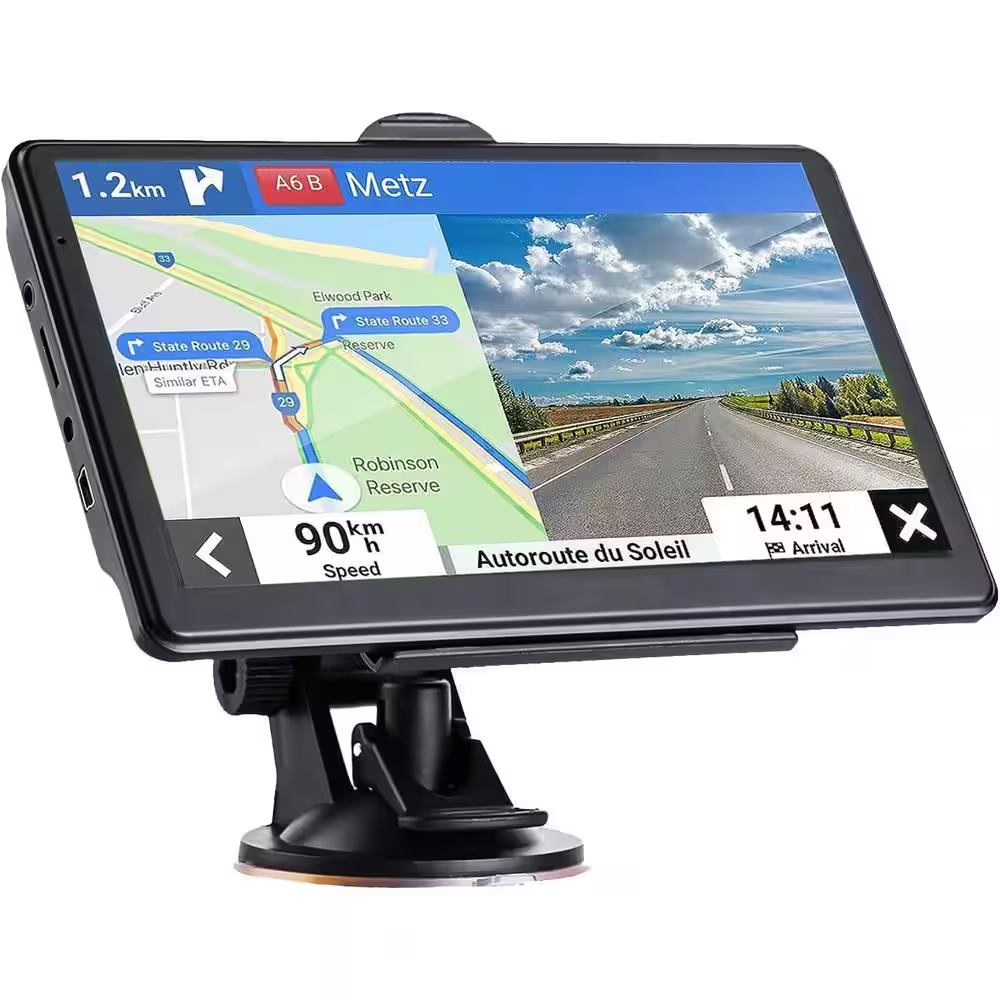
Effects of High Temperatures on GPS Devices
Performance Degradation
High temperatures can lead to performance degradation in GPS devices. One of the first consequences is a slowdown in processing speed. When internal components overheat, they may not function as efficiently, leading to delays in position updates or lagging navigation prompts. For drivers, even a slight delay can result in missed turns or incorrect routes, creating additional stress when navigating unfamiliar roads.
Moreover, continuous exposure to high temperatures can cause GPS units to freeze or shut down entirely. Sudden system failures can disrupt navigation, leaving drivers without essential guidelines. Therefore, assessing heat resistance is vital to ensure a reliable navigation experience.
Battery Life Reduction
Another significant impact of high temperatures on car GPS devices is battery life reduction. Most GPS units rely on rechargeable lithium-ion or lithium-polymer batteries, which are sensitive to temperature fluctuations. When exposed to excessive heat, these batteries can degrade faster than normal. This leads to reduced operating time and more frequent recharging.
In extreme situations, high heat can cause a battery to swell or even leak, resulting in permanent damage to the GPS unit. To avoid these consequences, consumers should investigate battery specifications and performance ratings when evaluating a GPS device. Understanding potential limitations will help them choose units that perform reliably under challenging conditions.
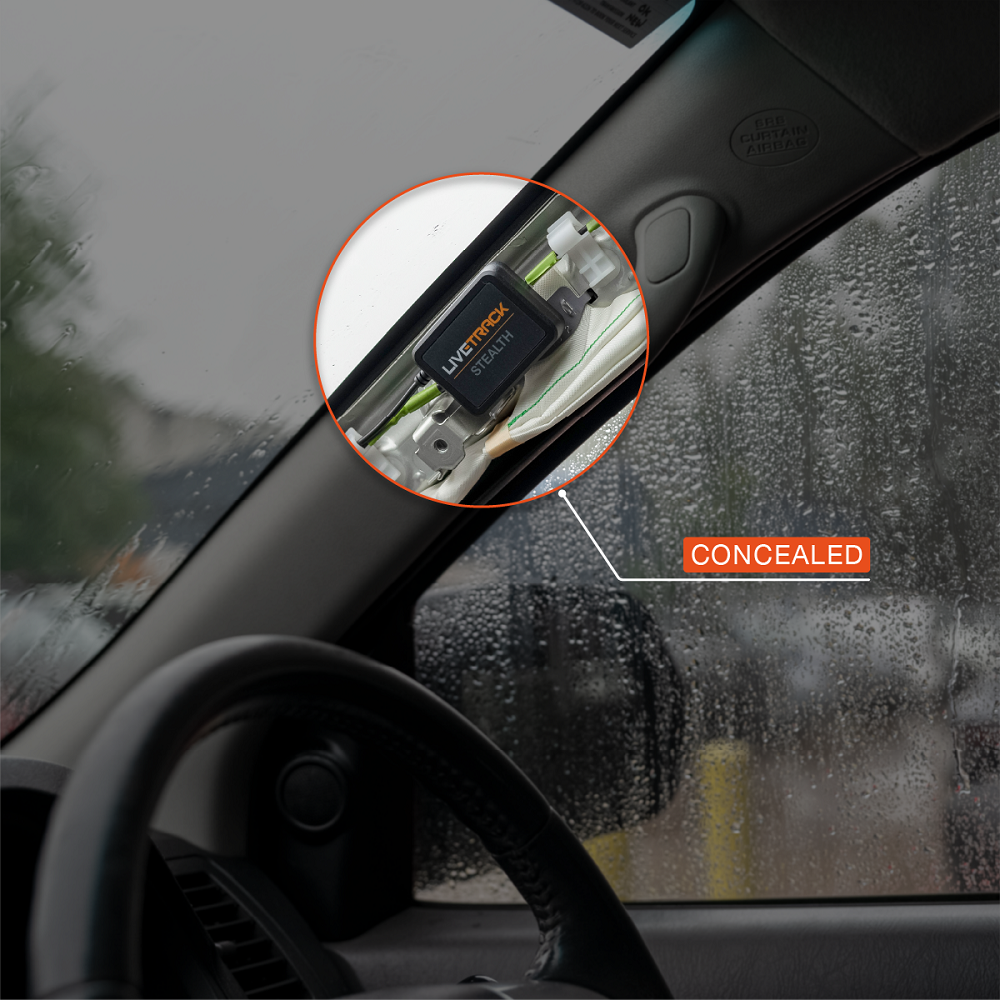
Evaluating Heat Resistance Specifications
Checking Operating Temperatures
When considering a car GPS, one of the first aspects to evaluate is its operating temperature range. Manufacturers often provide this information in product specifications, usually listed in degrees Celsius or Fahrenheit. Typical operating temperature ranges for GPS devices fall between -20°C to 70°C (-4°F to 158°F).
It is crucial to select a GPS that can withstand the climate of your driving environment. For example, in hotter regions or during summer months, a device with a higher heat resistance rating will be more reliable. Understanding the expected temperature range will guide consumers in making appropriate choices for their needs.
Assessing Build Quality
Another essential factor to consider when evaluating heat resistance is the overall build quality of the GPS device. High-quality materials can enhance durability and thermal performance. Look for units with robust housing made from heat-resistant plastics or metals that withstand exposure to sunlight.
Additionally, some GPS devices are designed with advanced thermal management systems. These systems may include features like heat dissipation fins, internal cooling mechanisms, or insulation designed to prevent overheating. Evaluating the build quality and engineering aspects of a GPS device will help you determine its potential heat resistance.
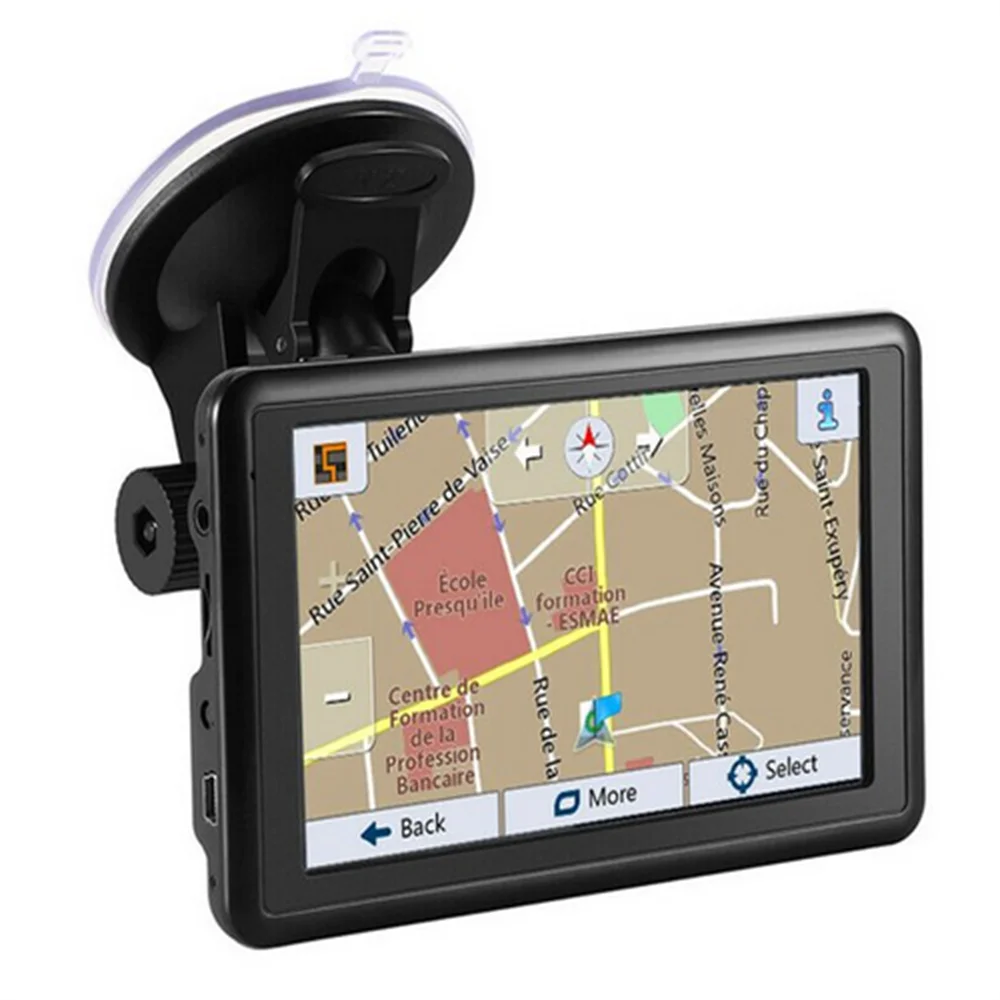
How to Test Heat Resistance in GPS Devices
Conducting Real-World Tests
One effective way to evaluate the heat resistance of a car GPS is through real-world testing. Place the unit in a location that receives direct sunlight inside your vehicle, such as the dashboard. Allow it to sit for several hours, especially during hot days. Monitor the device’s performance and temperature.
During the test, make note of any performance issues, such as slow updates or erratic behavior. After removing the GPS from the heat source, check for any permanent damage or changes in function. This hands-on approach provides insights into how well the GPS unit can withstand temperature extremes.
Using Temperature Measurement Tools
To conduct a more precise evaluation of heat resistance, consider using temperature measurement tools. Infrared thermometers can measure the surface temperature of the GPS unit while it sits in the sun. This gives you concrete data regarding how hot the unit gets under specific conditions.
In addition to measuring surface temperature, you can record the ambient temperature inside your vehicle. When both temperatures are noted, you’ll have a clearer understanding of how heat affects your GPS device in real-world scenarios. This information can be beneficial when deciding which GPS unit to purchase.
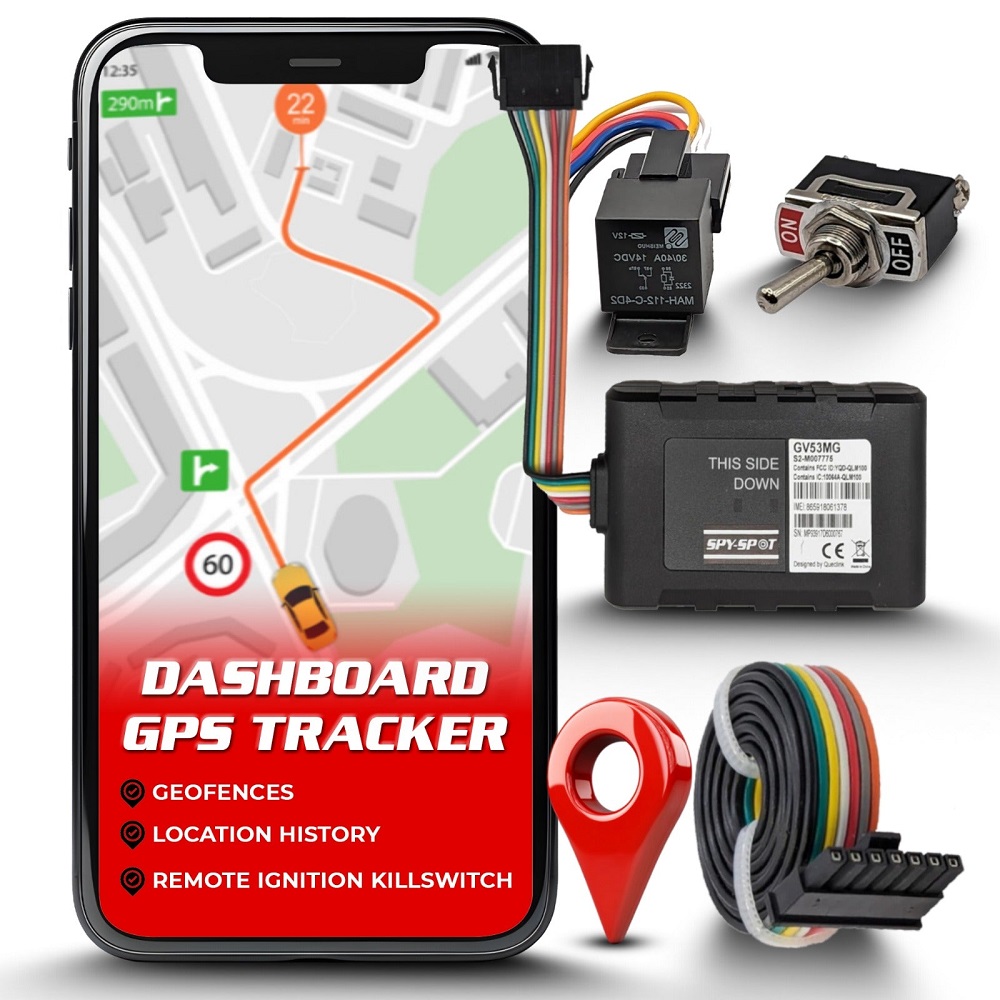
Preventing Heat-Related Issues
Using Sunshades and Ventilation
To protect your car GPS from excessive heat, consider utilizing sunshades or windshield covers. These accessories limit direct sunlight exposure to the dashboard and help keep the interior temperature lower. By minimizing sunlight exposure, you can reduce the risk of your GPS overheating and ensure reliable performance.
Additionally, using ventilation systems, such as air conditioning, while driving can help maintain a cooler cabin environment. This is especially important during hot days when temperatures can soar. Keeping the vehicle cool not only benefits the GPS but also enhances the overall comfort of both the driver and passengers.
Storing GPS Devices Properly
Another preventive measure involves proper storage of portable GPS units. If you are using a detachable GPS, avoid leaving it on the dashboard for extended periods when not in use. Instead, store it in a cool, shaded area or take it with you to minimize exposure to heat.
Furthermore, consider investing in protective cases designed to keep your GPS safe from environmental factors. These cases can provide insulation and shield the device from direct sunlight, enhancing its longevity and performance.
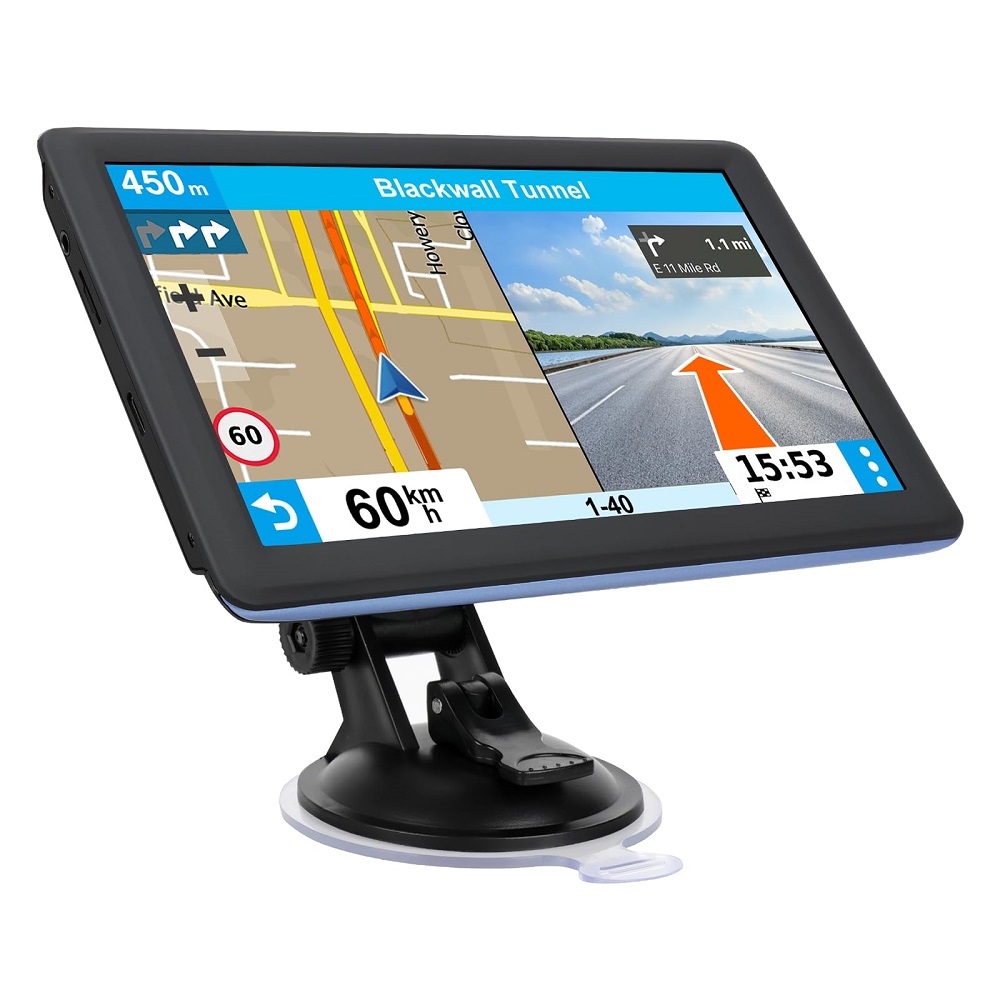
The Importance of Continued Evaluation
Periodic Performance Checks
Regularly evaluating the performance of your car GPS is essential, especially if you’ve noticed any heat-related issues. Periodic performance checks help ensure that the unit continues to provide accurate navigation and doesn’t exhibit any troubling symptoms.
Pay attention to aspects such as navigation accuracy, response time, and overall functionality. If you begin to notice a decline in performance, it may be time to reconsider the device’s heat resistance and overall effectiveness. Keeping an eye on your GPS will help ensure it meets your needs over time.
Staying Informed About Updates
Another crucial factor for maintaining optimal GPS performance involves staying informed about software updates. Many modern GPS devices receive firmware updates to improve functionality and address potential bugs, including those that can affect heat resistance.
Checking for software updates regularly ensures that you are using the latest version, which may include enhancements related to performance and heat management. Prioritize updates to keep your GPS running smoothly and effectively, especially in hot conditions.
Conclusion
Key Takeaways
Car GPS systems are essential for modern navigation, but their effectiveness can be severely impacted by temperature. Evaluating heat resistance in GPS devices is critical to ensuring reliable performance. Symptoms of overheating include performance degradation, reduced battery life, and complete system failures.
Understanding the specifications related to heat resistance, assessing build quality, and conducting tests can help you select the right GPS for your needs. Taking preventive measures can further safeguard your device from excessive heat exposure.
In summary, prioritizing heat resistance in car GPS devices is essential for optimal navigation and performance. By being proactive and evaluating your options, you can ensure that your GPS will function reliably across a range of temperatures. With the right precautions and knowledge, you can enjoy seamless navigation and enhanced driving experiences. Take the time to understand your GPS’s capabilities and maintain it properly, ensuring that you stay on track no matter where the road leads you.
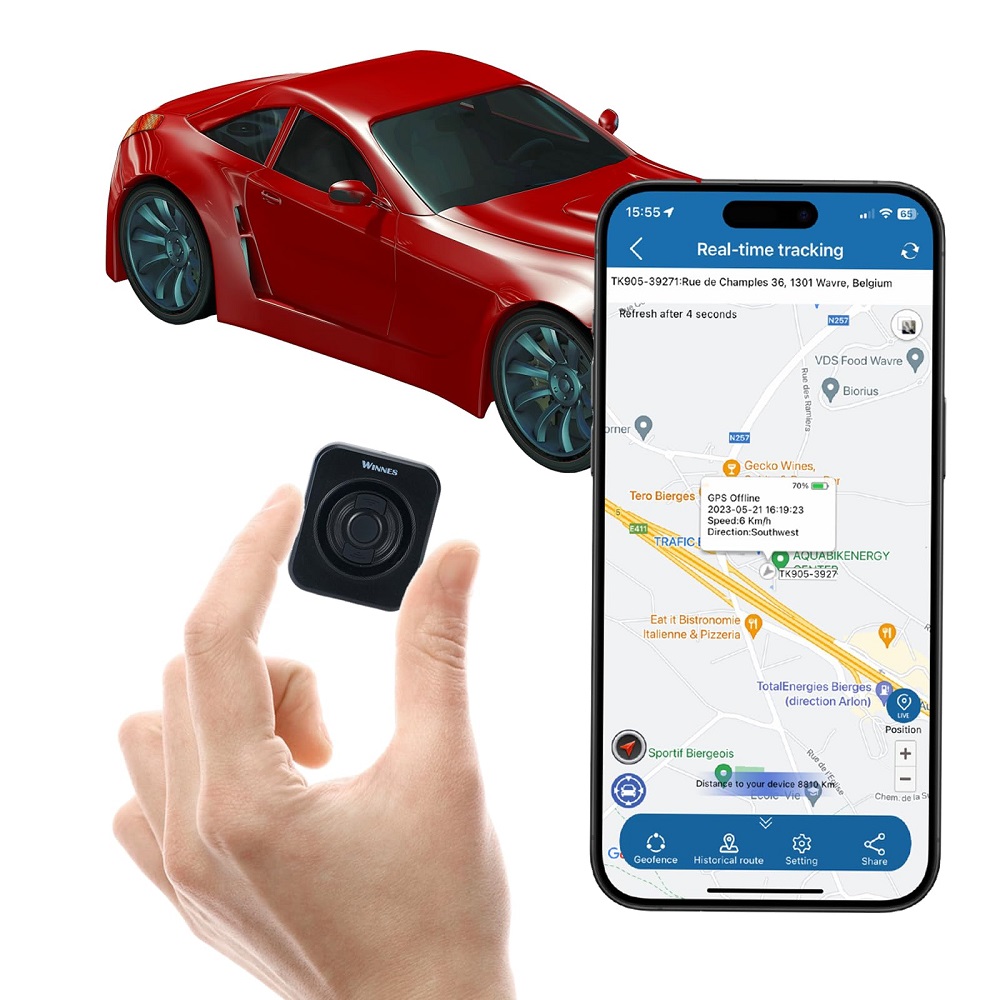
Leave a Reply